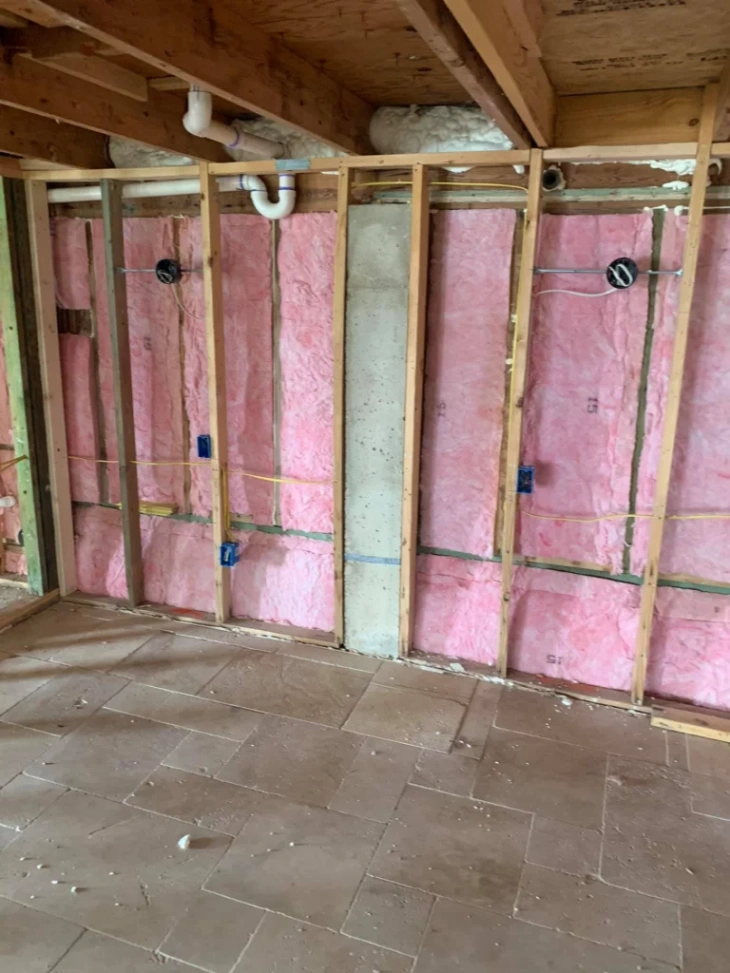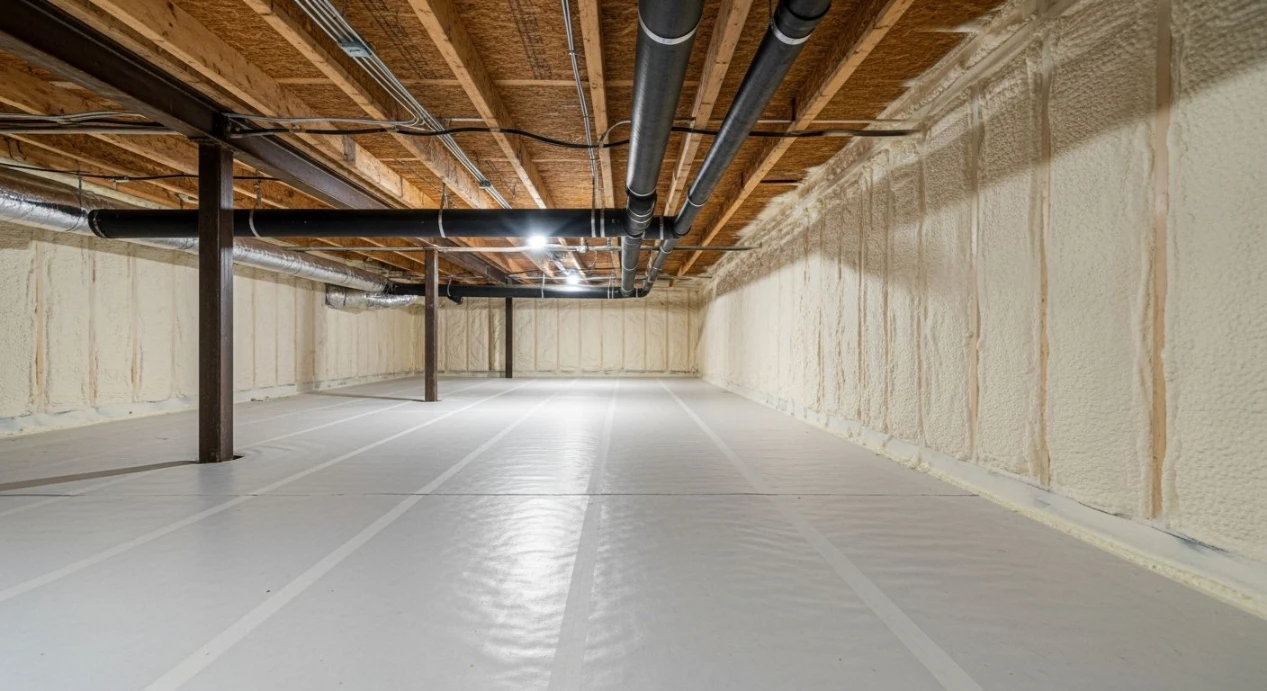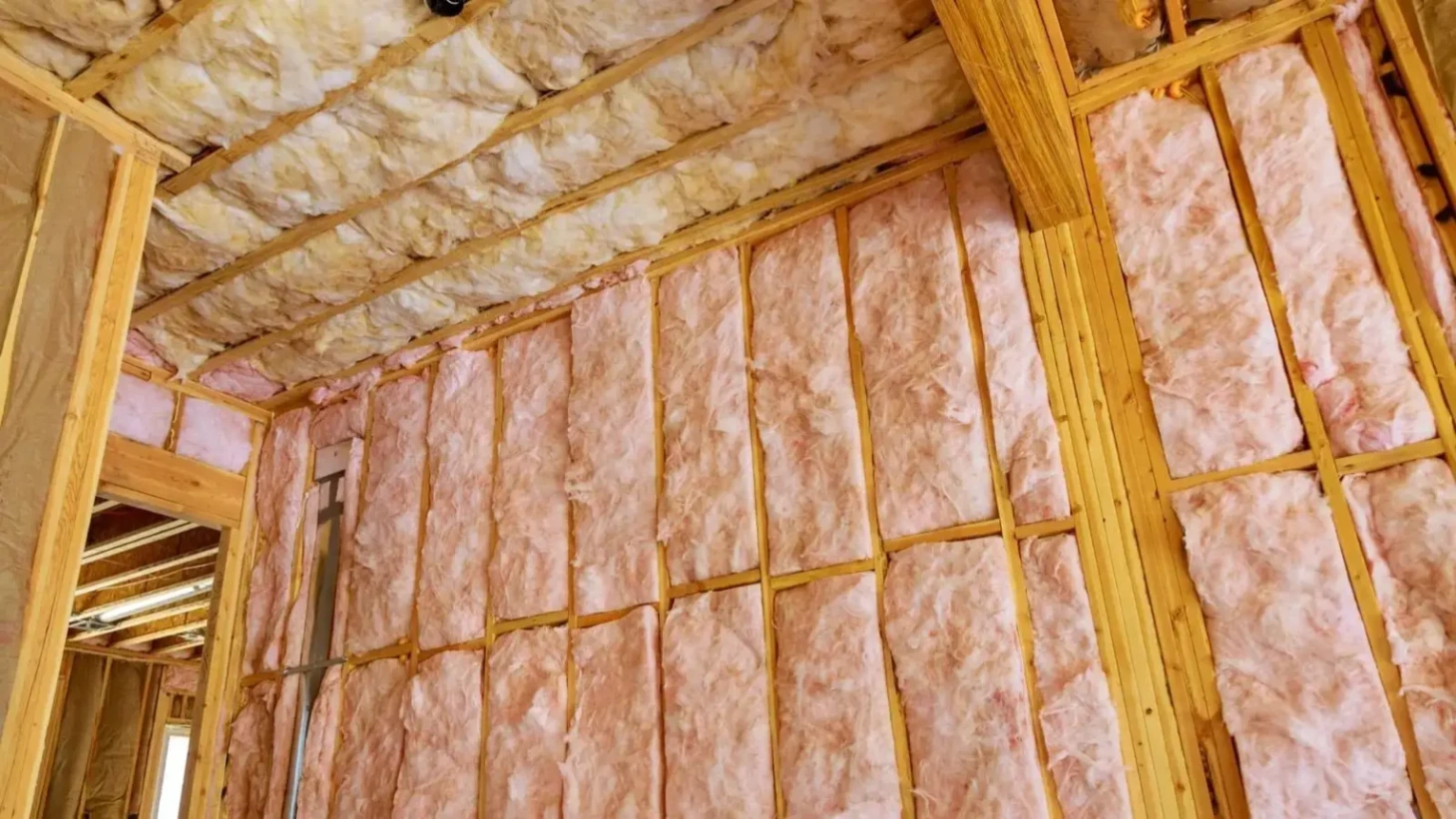
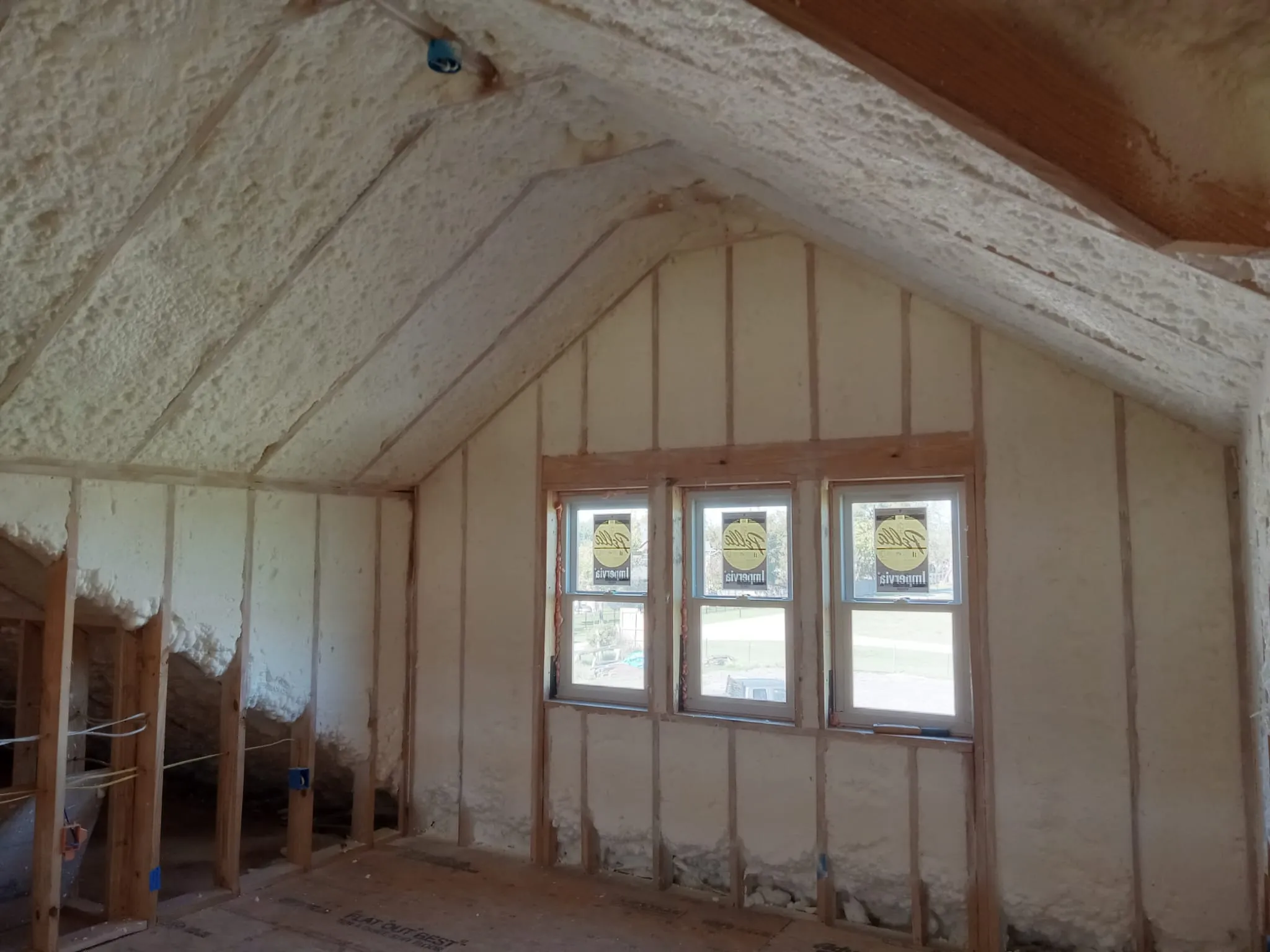
Spray foam insulation creates an effective barrier against common pests by sealing gaps and cracks that insects and rodents typically use to enter homes. Unlike traditional insulation materials, spray foam expands to fill every crevice, eliminating entry points while simultaneously providing superior thermal protection. This dual-function approach addresses two major concerns Austin homeowners face: energy efficiency and pest intrusion.
Austin’s warm, humid climate creates ideal conditions for various pests, making comprehensive sealing essential for long-term home protection. Professional spray foam insulation application ensures complete coverage of vulnerable areas, particularly around foundations, attics, and crawl spaces where pest infiltration commonly occurs.
Austin residents encounter diverse pest populations year-round due to the region’s subtropical climate. Termites, ants, rodents, and various insects thrive in the area’s consistent warmth and humidity levels. Traditional insulation materials like fiberglass often provide pathways and nesting areas for these unwanted visitors.
According to the Texas A&M AgriLife Extension, termite damage costs Texas homeowners annually, with Central Texas experiencing particularly high activity levels. The National Pest Management Association reports that 84% of homes have structural vulnerabilities that allow pest entry, emphasizing the importance of comprehensive sealing solutions.
Bonus Tip: Schedule pest control treatments before spray foam insulation installation to address existing infestations, then rely on the foam barrier to prevent future intrusions.
Closed-cell spray foam creates an impermeable barrier that prevents pest infiltration through multiple mechanisms. The material’s dense structure blocks air movement, eliminating the chemical trails many insects follow to locate food sources. Additionally, the foam’s rigid composition resists gnawing and burrowing attempts from rodents.
Espuma en aerosol de celda abierta, while less dense, still provides significant pest deterrence by filling gaps and reducing available nesting spaces. The foam’s expansion properties ensure coverage of irregular surfaces and hard-to-reach areas where traditional materials fail to provide adequate protection.
| Pest Type | Entry Method | Spray Foam Effectiveness | Traditional Insulation Vulnerability |
|---|---|---|---|
| Termites | Cracks, gaps | Blocks access points | Provides pathways |
| Ants | Small openings | Seals entry routes | Limited barrier |
| Rodents | Holes, crevices | Prevents gnawing access | Easy penetration |
| Flying insects | Air gaps | Eliminates air infiltration | Loose coverage |
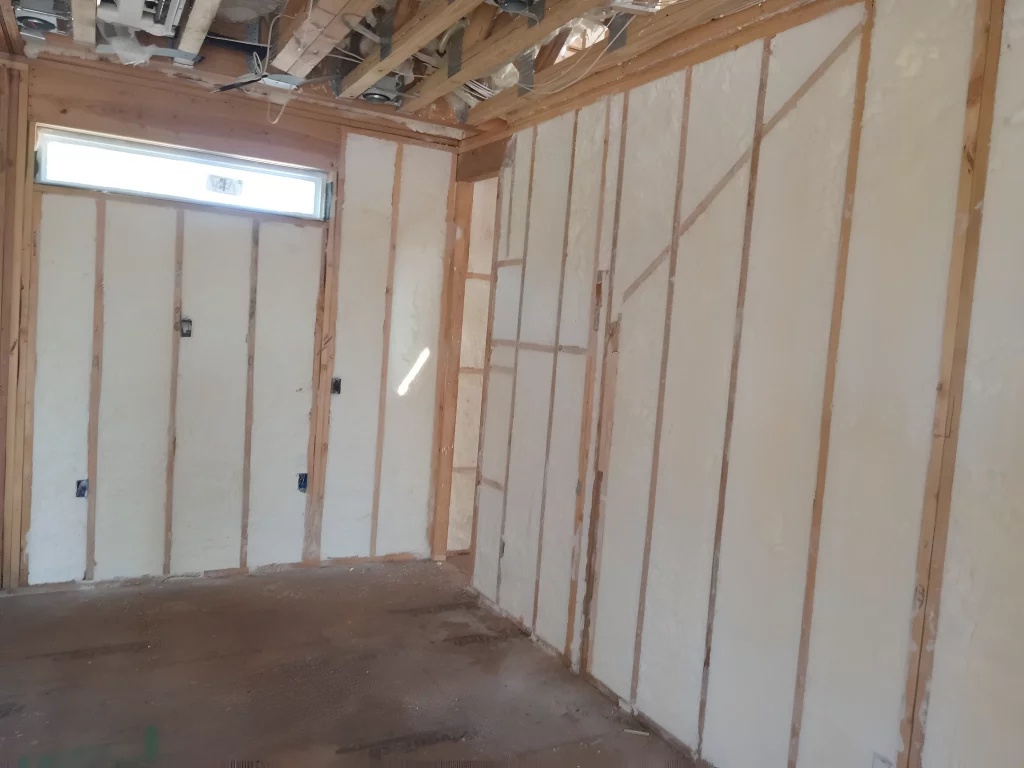
Austin’s climate presents unique challenges requiring specialized approaches. The region’s temperature fluctuations cause building materials to expand and contract, creating new gaps over time. Spray foam’s flexibility accommodates these movements while maintaining seal integrity.
High humidity levels during summer months can attract moisture-seeking pests. Closed-cell spray foam’s vapor barrier properties prevent moisture accumulation in wall cavities, eliminating the damp conditions that attract many insects and promote mold growth.
Technical Specifications for Austin Applications
| Application Area | Recommended Type | R-Value per Inch | Pest Barrier Rating |
|---|---|---|---|
| Attic spaces | Open-cell | 3.5-3.7 | High |
| Basement walls | Closed-cell | 6.0-6.5 | Maximum |
| Crawl spaces | Closed-cell | 6.0-6.5 | Maximum |
| Rim joists | Closed-cell | 6.0-6.5 | Maximum |
Evaluate your home’s current pest activity levels before proceeding with spray foam insulation in Austin, TX. Active infestations require professional pest control treatment first, as spray foam will trap existing pests inside wall cavities. Document problem areas where pest entry occurs most frequently to ensure targeted application.
Consider your home’s ventilation requirements, particularly in areas like attics where air movement affects overall building performance. Closed-cell foam applications may require mechanical ventilation adjustments to maintain proper airflow patterns.
Budget for comprehensive coverage rather than partial applications. Incomplete sealing leaves gaps that pests can exploit, reducing the overall effectiveness of your investment. Professional spray foam installation ensures proper coverage and long-term performance.
Bonus Tip: Combine spray foam installation with exterior pest control measures like foundation treatments and vegetation management for maximum protection.
Professional application ensures proper coverage of critical areas often missed during DIY attempts. Experienced installers understand building science principles and local pest behavior patterns, targeting vulnerable zones effectively. They also possess specialized equipment for accessing tight spaces and achieving uniform coverage.
Quality control measures during professional installation include moisture content testing, temperature monitoring, and thickness verification. These steps ensure optimal foam performance and longevity while preventing application errors that could compromise pest control effectiveness.
H & R Spray Foam Insulation provides comprehensive spray foam solutions designed specifically for Austin’s pest control needs:
Properly installed spray foam maintains its pest barrier properties for 20-30 years without degradation. The material doesn’t settle or shift like traditional insulation, ensuring consistent protection throughout its lifespan.
Spray foam insulation prevents new pest entry but doesn’t eliminate existing infestations. Professional pest control treatment before foam installation addresses current problems while the foam prevents future intrusions.
Spray foam specifically targets building envelope sealing without affecting outdoor beneficial insect populations. The material only impacts pests attempting to enter your home’s interior spaces.
Bonus Tip: Schedule annual inspections to identify any new gaps or cracks that might develop over time, ensuring continued pest protection effectiveness.
Spray foam insulation offers Austin residents a comprehensive solution combining energy efficiency with effective pest control. The material’s ability to seal building envelopes completely addresses both thermal performance and pest prevention needs simultaneously. Professional installation ensures optimal coverage and long-term effectiveness against local pest populations.
Evaluate your home’s specific pest challenges and energy efficiency goals when considering spray foam options. Proper planning and professional application deliver lasting results that protect your investment while creating a more comfortable living environment.
Transform your Austin home’s pest protection with expertly installed spray foam insulation. Professional assessment identifies your property’s specific vulnerability points while ensuring complete coverage for maximum effectiveness.
Contact H & R Spray Foam Insulation at (979) 325-2419 or [email protected] to schedule a comprehensive evaluation of your home’s insulation and pest control needs. Experience the difference that professional spray foam installation makes in creating a truly protected living environment.
For more insights on how Austin homeowners are reducing energy bills through advanced spray foam technology, read more about our innovative insulation solutions.
Quality spray foam resists most pest damage attempts, but severe infestations may require localized repairs. Closed-cell foam’s rigid structure particularly deters rodent gnawing, while regular inspections identify any compromise early.
Spray foam provides permanent physical barriers without ongoing chemical applications. Unlike pesticides that require regular reapplication and may develop resistance issues, foam barriers maintain effectiveness indefinitely.
Professional installation coordinates with existing pest management strategies, ensuring foam application enhances rather than interferes with current protection methods.
Spray foam requires minimal maintenance for pest control purposes. Annual visual inspections identify any new construction gaps, while the foam itself maintains its barrier properties without additional treatments.
Austin’s weather patterns don’t compromise properly installed spray foam. The material withstands temperature fluctuations and humidity changes while maintaining seal integrity against pest infiltration.

